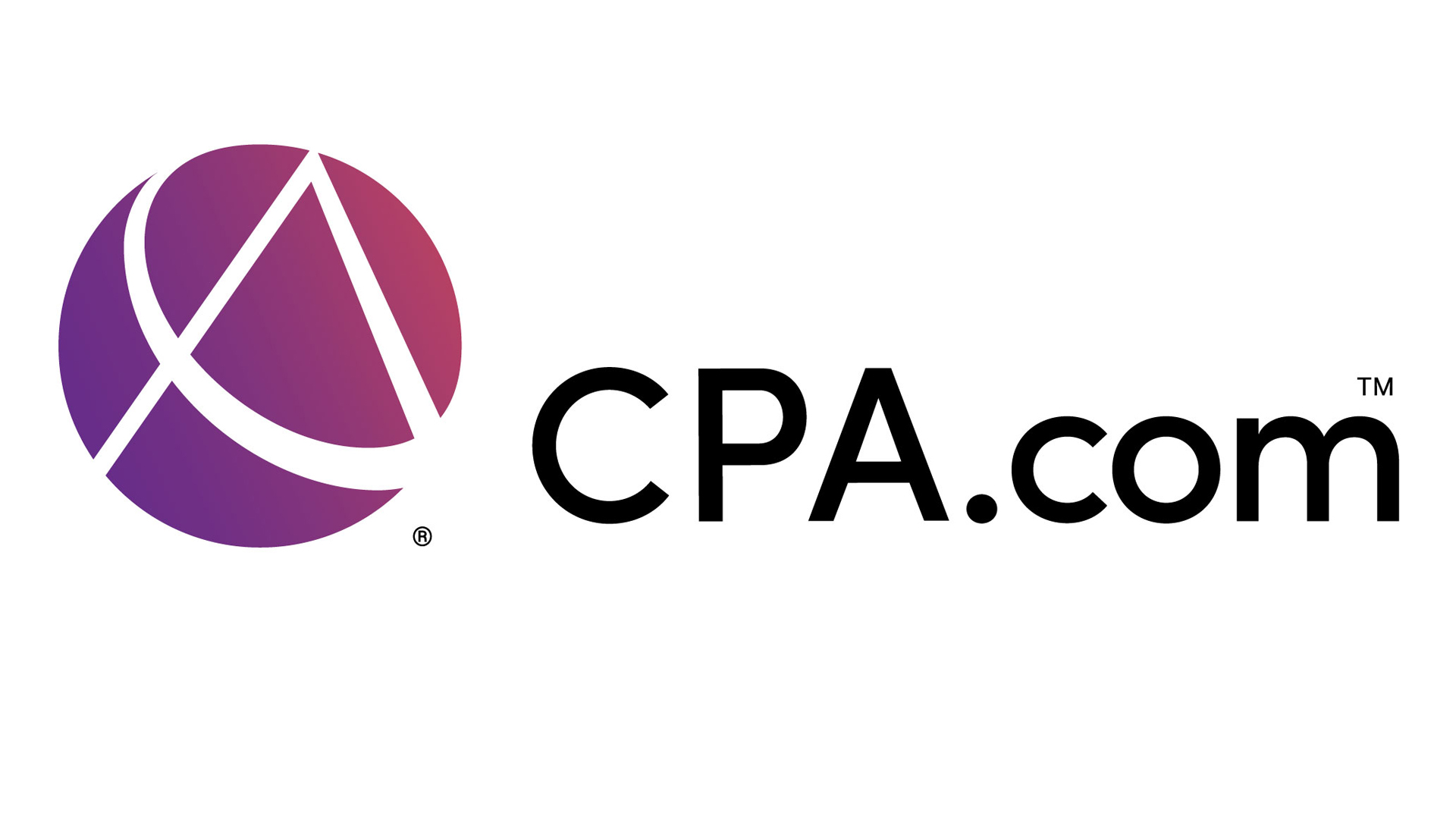By Dr. Kristy Short.
Quick question right out of the gate: Just how important is client data in running an uber-efficient and highly lucrative firm. Quick answer: Massively!
No doubt you’ve heard this message many times over the past few years: Your client data represents a (potential) goldmine. The simple fact is that your data, and what you do with it, is central to running a successful, sustainable and step-above-the-rest firm. It’s the difference between a potential goldmine and a real one.
Firm leaders that understand this are reaping the benefits. Massive benefits, in fact… such as aggregating an ideal client roster, maximizing recurring revenue to create year-round income streams, and achieving workload balance that leads to happier staff and a sustainable business model.
Marcus Dillon, CPA and owner of Dillon CPAs, is a prime example of a leader who has figured this out. Someone who is leaning into Smart Client Management to maximize client data to grow and thrive. And, by the way, he’s also someone who is willing to share his secret sauce.
The bottom line is that client data is at the center of everything. It’s your ticket to long-term success—if you’re willing to put in the time to work it. And if you are, this is a great place to begin…a starter guide on how to dig deeper into data and strike gold!
Identify your ideal client profile (ICP)
Before you can go after clients who are the best fit for your firm, you first have to know who you’re looking for. Who do you want to serve? Who are you good at serving (think vertical markets)? What is your ideal client profile?
For starters, it’s important to understand that dollars don’t matter.
Okay, well, maybe this is a bit of an overstatement, but the sentiment is dead on. The point here is that looking solely at the revenue a client brings in doesn’t always make them an ideal match for your firm. You must also factor in key non-financial data.
For example: Do you have families of businesses you enjoy serving? Are you skilled at serving specific verticals? Do you actually like the client? Does the client respect your team’s time and efforts?
“Just because, historically, a client has spent a lot of money with you, doesn’t mean they’re a good fit for where you want to take your business,” explained Dillon. “At one point, we decided that we no longer wanted to offer audit and attest services. While they represented some large engagements, it just wasn’t the type of work we wanted to do.”
Relationships are also core to Dillon’s business model, which means one-time engagements don’t make the ideal-client-profile cut.
“We’re in the business of building relationships, not just processing transactions. We want clients to have multiple touch points with staff throughout the year and get really close to them. This is one of the things our staff love about their jobs.”
Looking at the non-financial side of what makes an ideal client is a big part of the puzzle. For long-term success, you have to enjoy the clients you serve and have the skills to deliver services efficiently, effectively and in a standardized manner.
Review the revenue
While this feels like a backslide on advice, it’s really not. (Bear with me.)
While not the sole factor in identifying your ICP, revenue is still an important factor in the data-mining process. Smart management of client data includes looking at the financial side as well. This provides insight into client longevity and adaptability to a fixed-fee, recurring-revenue model.
For Dillon CPAs, reviewing revenue has been central to the firm’s thrive factor. And, according to Marcus Dillon, it’s easy to do.
“We had this data readily available because we bill out of QuickBooks,” said Dillon. “It made it easy to look at the lifetime value of the client, how long they’ve spent money with us and what their average price point is. This really helps to determine if they are a good fit for us.”
A clear view into client revenue aids in understanding which clients to focus on in terms of transitioning them to the recurring revenue model—and/or those where there’s an opportunity to upsell additional value-added services.
Bring your staff into the convo
Dillon was quick to remind that staff input is another critical element of the process. Because staff are on the front line—working with clients every day—they have valuable information to share. So be sure to mine that data as well.
Look to staff to answer such questions as: What clients are the easiest to work with? Do they have needs beyond existing services provided? Do they advance your firm’s vision and support your business model (e.g., recurring revenue vs. one-time engagements)? Are they in an industry that aligns with your firm’s expertise?
“We like to bring our team into this process because they are so close to our clients,” Dillon explained. “At the partner level, I have to be dedicated to consistently reviewing data and refining our client base, and that means I need input from my team. I’ll give them a list and ask which clients are worth fighting to keep and improve as a client, if there are ideal clients I’ve overlooked completely, or if there are clients that need to go.”
While aggregating intelligence on clients is key, it’s also an exercise in getting buy-in from staff. When employees are part of the data-mining process, it fosters a deeper understanding of the firm’s bigger vision and goals. It also provides direct visibility into partner actions—like off-loading non-ideal clients that don’t support workload balance and a sustainable business model.
“Last year we got rid of about $80,000 of revenue by exiting several non-ideal clients,” Dillon said. “This gave our team a lot of motivation because we [the partners] followed through…because we put our money where our mouth is…in creating a better work environment and opening up capacity for staff to focus on clients we actually like serving.”
Getting to the gold
Data is everything if used properly. Regular, dedicated review and management of client data provides full visibility into all vital areas of running a successful and highly profitable firm, including:
- Identifying ideal clients (as well as those who need to go).
- Balancing staff workload and opening the door to preferred, relationship-based engagements (by reducing the number of non-ideal clients).
- Creating a positive work culture and happier staff (a balanced, focused workload will do that).
- Fostering buy-in from staff by making them part of the ongoing data-mining process.
- Uncovering new opportunities for recurring revenue.
- Cultivating client relationships by proactively offering much-needed services (before they have to ask) and a year-round connection to your team.
- And the list goes on…
There is power in your data. And smart management of it can lead to stellar results. Discover the goldmine, right there inside your business, to build the firm of your dreams.
-=========-
Kristy Short, Ed.D, has been serving the accounting profession for more than 25 years—bringing a deep knowledge of branding, marketing communications, and content strategy and development to the table. She’s worked with hundreds of partners and staff to help them advance their firms for the modern era. Kristy’s been named one of CPA Practice Advisor’s “Most Powerful Women in Accounting” three times; has assisted noted thought leader, Darren Root, create multiple books; and published hundreds of education-based, accounting-focused articles over her career.
Thanks for reading CPA Practice Advisor!
Subscribe Already registered? Log In
Need more information? Read the FAQs
Tags: Advisory, Benefits, Firm Management





